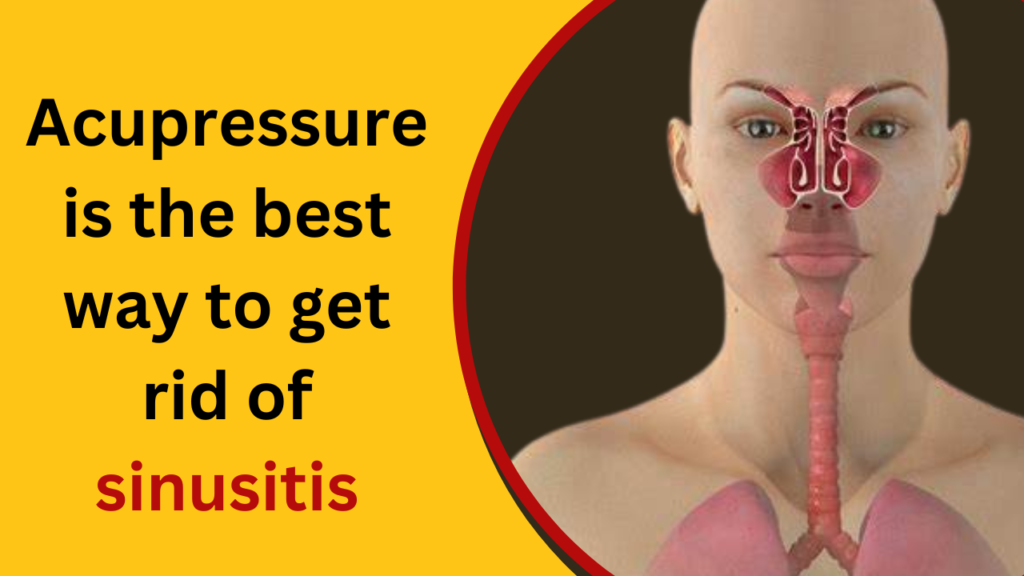What is pain-relief medicine?
Pain-relief medicines are used as part of a strategy to manage short (acute) or long-term (chronic) pain. They work by targeting the cause of the pain or by reducing the feeling of pain.
Some pain relief can be purchased ‘over-the-counter’ (OTC), meaning you don’t need a prescription from your doctor to access them.
If your pain persists, is not being adequately controlled or you are not sure how to cope with your pain, you should speak to your doctor. They may recommend different strategies for managing long-term (chronic) pain, including prescription medicines, as well as strategies that don’t involve medicine.
What are the different types of pain-relief medicines?
As everyone’s experience of pain is different, individuals need different ways to help manage their pain. Different pain-relief options suit particular circumstances, as well.
Over-the-counter (OTC) medicines include:
paracetamol
non-steroidal anti-inflammatory drugs (NSAIDs), such as ibuprofen, aspirin or diclofenac
gels and creams containing medicines — such as NSAIDs and capsaicin — that are absorbed through your skin (topical medicines)
Your doctor may also recommend a prescription medicine, such as:
anti-epileptic medicines, such as pregabalin, gabapentin or carbamazepine
antidepressants, such as amitriptyline or duloxetine
opioids, for example, codeine, morphine or tramadol
other types of medicine that treat the cause of your pain, such as muscle relaxants or corticosteroids.
There are also many ways to reduce pain that don’t involve medicines, such as stress management, meditation or exercise. Talk to your GP about which alternatives may be useful for you.

